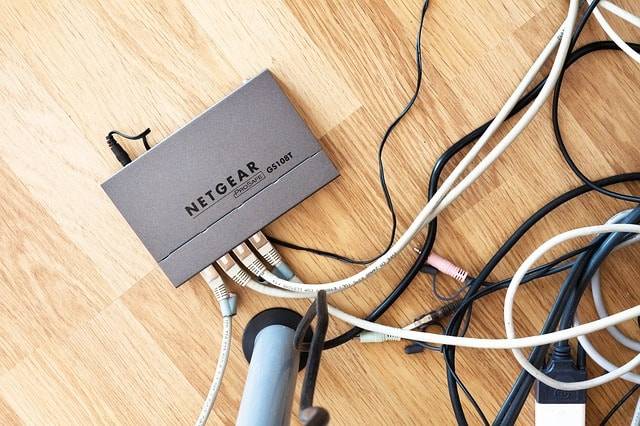A lot of things affect your wireless Internet’s strength—your router’s condition, your ISP’s dependability, even your home’s physical design. Is the location of the Wi-Fi router among those slowing down your connection? It probably is.
By now you probably know that your Wi-Fi signal wanes the further you are from the router. Obviously, its location is a contributing factor why your Wi-Fi Internet is as sluggish as it is.
To enjoy stronger and stabler Wi-Fi, follow these tips to achieve optimal placement for your Wi-Fi router:
Keep Obstructions Minimal
While radio waves readily travel through walls, thicker ones weaken them considerably. Don’t be surprised if the Wi-Fi signal loses significant strength inside a concrete or brick home. Water puts up a lot of resistance against radio signals, too. It’s certainly not wise placing your router near your shower, or a fish tank.
In addition to solid and liquid barriers, your wireless signal may be severely affected by nearby metals and mirrors. By putting the router in the bathroom or behind your TV, you could be reflecting radio waves off their intended destination.
Place Your Wi-Fi Router in the Center of it All
The location is absolutely everything when you want to get the most from your router. So, determine the most central part of your home and figure out how to place your Wi-Fi router there. As much as possible, save worrying about any limiting factors for later. Those factors may include the placement of the home modem or your desktop PC.
When living in a two-story house, consider mounting the router in a corner by the ceiling or up on a wall. Keep in mind that a Wi-Fi radio signal generally spreads towards the ground. Whichever setup you may be pursuing, we highly recommend that you get Ethernet Cat 5 cables ready so you can run the wire to the desired location with ease.
Tinker with the Antenna
Experiment on the Wi-Fi router’s antenna a bit, considering that it’s where you broadcast and receive your Wi-Fi signal. Position it vertically, for instance, when you want to spread the wireless’ signal across a room. But if you’re trying to get Wi-Fi connectivity between floors, we suggest that you position the antenna horizontally. That, or you could perhaps try powerline networking since it’s a hassle-free alternative.
To do any of these, you luckily don’t have to dismantle your router. Most equipment nowadays are built with antennas that can pivot full-circle in their socket. Some even have antennas that readily move side to side!
Steer Clear of the Kitchen
Did you know Wi-Fi and microwaves generally use the same slice of the electromagnetic spectrum (2.4 GHz)? To put it simply: using the microwave literally interferes with your wireless Internet’s signal. Not only that, your silverware, refrigerator, or any kitchen appliance made from metal could be stealing the same radio waves, too!
With all these impediments, it’s certainly logical that you’d keep the Wi-Fi router out and away from the kitchen.
Your router getting set up in a far-flung corner could be the reason why you’re barely getting a decent Wi-Fi signal at home. In that case, the tips we’ve given can help. But if you’re living in a spacious household that’s easily beyond the range that your Wi-Fi router is capable of reaching, we highly recommend that you give Wi-Fi extenders a try.


